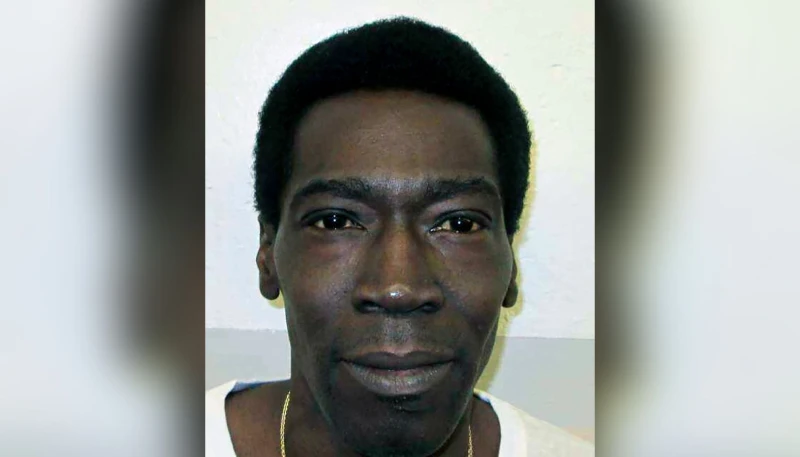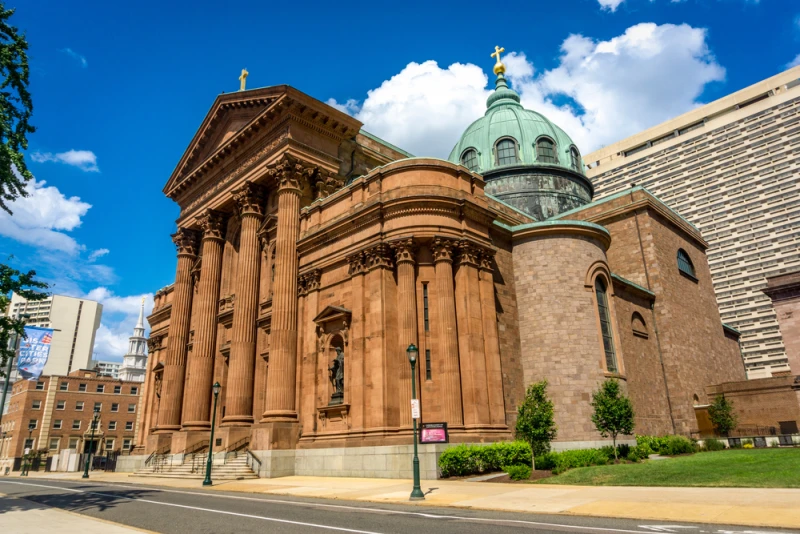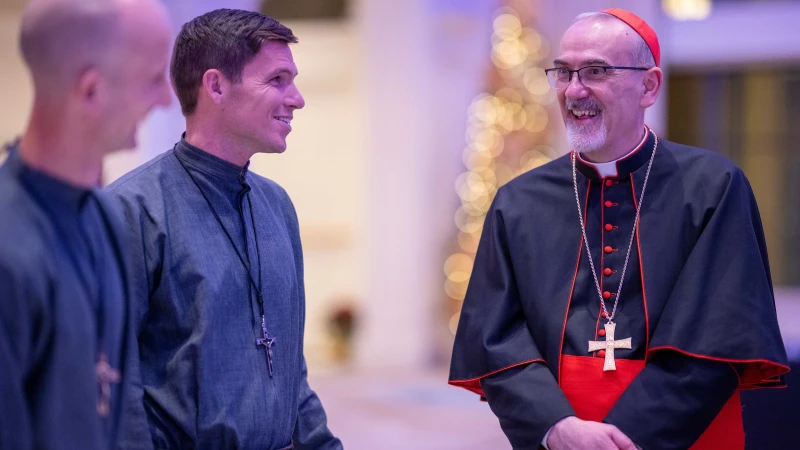
The state of Alabama on Oct. 23, 2025, executed convicted murderer Anthony Boyd by nitrogen gas just hours after the U.S. Supreme Court refused to consider requiring the state to execute him by firing squad instead. / Credit: Alabama Department of Corrections via AP, File
CNA Staff, Oct 24, 2025 / 11:32 am (CNA).
The state of Alabama on Thursday executed convicted murderer Anthony Boyd by nitrogen gas just hours after the U.S. Supreme Court refused to consider requiring the state to execute him by firing squad instead.
Boyd reportedly took around 20 minutes to die from the execution method, according to the Associated Press. The news wire said he “clenched his fist, raised his head off the gurney slightly, and began shaking,” after which he became still but continued with a series of “heaving breaths” for “at least 15 minutes.”
The Alabama man was convicted of capital murder in the 1993 killing of Gregory Huguley in Talladega County. Huguley was taped up, doused with gasoline, and set on fire.
Boyd proclaimed his innocence until the last minutes of his life. “I didn’t kill anybody. I didn’t participate in killing anybody,” he said on Oct. 23 prior to being executed.
The protracted execution came on the same day that the U.S. Supreme Court refused to consider whether the execution by nitrogen gas violates the Eighth Amendment’s prohibition on cruel and unusual punishment.
Nitrogen gas is a relatively new execution method in the U.S. In January 2024 Alabama executed Kenneth Smith with gas, the first time in U.S. history that such a method was used.
Witnesses said Smith writhed for several minutes while being administered the gas and was observed breathing for a considerable amount of time during the execution itself. Advocates have warned that the process is drawn-out and painful for victims of execution.
Boyd had asked the U.S. Supreme Court to consider requiring Alabama to execute him by firing squad. The Supreme Court declined to consider the case.
In a scathing dissent ahead of the execution, Justice Sonia Sotomayor accused the high court of “turn[ing] its back” on Boyd and on the Constitution.
Sotomayor, who was joined by Justice Elena Kagan and Justice Ketanji Brown Jackson, pointed to several other executions by nitrogen gas, including Kenneth Smith’s, noting reports that inmates have been seen “violent[ly] convulsing, eyes bulging, [and] thrashing against the restraints” while they are killed.
All condemned prisoners suffer “distress” ahead of their executions, Sotomayor said. But drawn-out methods of execution like that of nitrogen gas create suffering “after the execution begins and while it is being carried out to completion.”
Prisoners are not guaranteed a painless death under the Eighth Amendment, Sotomayor acknowledged.
“But when a state introduces an experimental method of execution that superadds psychological terror as a necessary feature of its successful completion, courts should enforce the Eighth Amendment’s mandate against cruel and unusual punishment,” she said.
Ahead of Boyd’s execution, the anti-death penalty group Catholic Mobilizing Network said capital punishment “remind[s] us how critically important it is that we include the abolition of the death penalty in our respect life advocacy.”
“May we see the dignity of [Boyd] and of every individual sentenced to death, remembering always that no person is defined by the worst thing they’ve ever done,” the group said.











